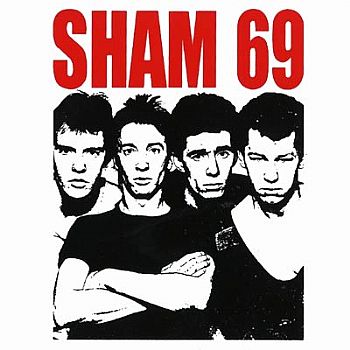

At a functional level, studies using positron emission tomography (PET) and single photon emission computed tomography (SPECT) found that NSS were strongly associated with decreased frontal and prefrontal metabolism at rest or during activation 8, 9. Interestingly, a white matter volume decrease was observed in prefrontal areas in patients with NSS and was associated with higher levels of NSS 7. To develop new therapeutic approaches, studies have focused on exploring the neurobiological underpinnings of NSS.Īt a structural level, imaging studies have reported that the volume of prefrontal regions, including orbitofrontal, medial and lateral prefrontal cortices, was inversely correlated with NSS severity 5, 6. NSS are particularly resistant to pharmacological medication 2, 3, and approximately 30% of patients still experience NSS even during treatment with antipsychotic drugs at adequate doses and durations 4. NSS are highly disabling, and their treatment is a major challenge to achieve recovery in patients with schizophrenia 1. Negative symptoms of schizophrenia (NSS) classically include affective flattening or blunting, alogia, asociality, anhedonia and avolition. Schizophrenia is a severe and frequent mental disorder usually characterized by negative, positive and disorganization symptoms. The effect might be driven by significant modulation of dopamine transmission. Thus, iTBS over the left DLPFC can alleviate negative symptoms of schizophrenia. Neuroimaging revealed an increase in rsFC between the left DLPFC and a brain region encompassing the right lateral occipital cortex and right angular gyrus and a right midbrain region that may encompass dopamine neuron cell bodies. Post hoc analyses revealed that the difference between groups was significant 6 months after the end of stimulation sessions. Active iTBS over the left DLPFC significantly decreased negative symptoms severity compared to sham iTBS ( F (3,60) = 3.321, p = 0.026). As a secondary objective, we explored the acute effects of iTBS on functional connectivity of the left dorsolateral prefrontal cortex (DLPFC) using seed-based resting-state functional connectivity MRI (rsFC fMRI) images acquired before and after iTBS. Negative symptom severity was assessed 5 times using the Scale for the Assessment of Negative Symptoms (SANS): before iTBS, after iTBS, and 1, 3, and 6 months after iTBS. Sessions were delivered twice a day on 10 consecutive working days. In a randomized sham-controlled 2-arm study, 22 patients with schizophrenia and treatment-resistant negative symptoms received 20 sessions of either active ( n = 12) or sham ( n = 10) iTBS. Here, we aimed to investigate the clinical and biological effects of intermittent theta burst transcranial magnetic stimulation (iTBS) in patients with treatment-resistant negative symptoms of schizophrenia (NCT00875498). Optimal noninvasive brain stimulation parameters for the treatment of negative symptoms of schizophrenia remain unclear.


 0 kommentar(er)
0 kommentar(er)
